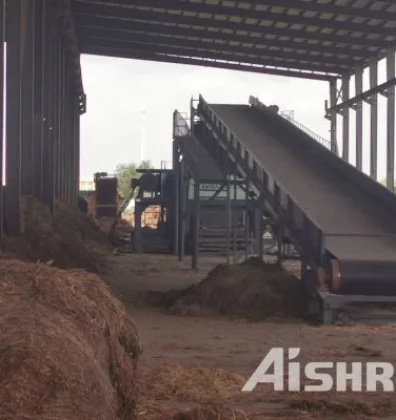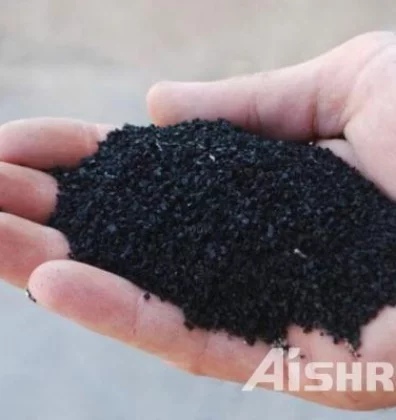Biomedical waste originates from human or animal health care, medical research, medical teaching facilities, laboratories and other facilities. A portion of that waste stream is infectious or potentially infectious and presents a potential hazard to the public health and the environment.
Before biomedical waste is recycled or landfilled, it must be treated in a harmless manner, and toxic and infectious materials must be thoroughly sterilized. Generally speaking, the harmless treatment of medical waste includes the following methods:
Incineration
This is a high temperature thermal process employing combustion of the waste under controlled condition for converting them into inert material and gases. Incinerators can be oil fired or electrically powered or a combination thereof. Broadly, three types of incinerators are used for hospital waste : multiple hearth type, rotary kiln and controlled air types. All the types can have primary and secondary combustion chambers to ensure optimal combustion.
Incineration has been recommended for human anatomical waste, animal waste, cytotoxic drugs, discarded medicines and soiled waste.
Autoclave Treatment
This is a process of steam sterilisation under pressure. It is a low heat process in which steam is brought into direct contact with the waste material for duration sufficient to disinfect the material. There are three types : Gravity type, Pre-vacuum type and Retort type.
In the first type (Gravity type), air is evacuated with the help of gravity alone. The system operates with temperature of 121 deg. C. and steam pressure of 15 psi. for 60-90 minutes. Vacuum pumps are used to evacuate air from the autoclave system so that the time cycle is reduced to 30-60 minutes. It operates at about 132 deg. C. Retort type autoclaves are designed to handle much larger volumes and operate at much higher steam temperature and pressure.
Autoclave treatment has been recommended for microbiology and biotechnology waste, waste sharps, soiled and solid wastes. This technology renders certain categories of bio-medical waste innocuous and unrecognisable so that the treated residue can be landfilled.
Microwave Treatment Process
Microwave treatment is a wet thermal disinfection technology but unlike other thermal treatment systems, which heat the waste externally, microwave heats the targeted material from inside out, providing a high level of disinfection.
The input material is first put through a shredder. The shredded material is pushed to a treatment chamber where it is moistened with high temperature steam. The material is then carried by a screw conveyor beneath a series (normally 4-6 nos.) of conventional microwave generators, which heat the material to 95-100 deg. C. and uniformly disinfect the material during a minimum residence time of 30 minutes and total cycle is of 50 minutes. A second shredder fragments the material further into unrecognisable particles before it is automatically discharged into a conventional / general waste container. This treated material can be landfilled provided adequate care is taken to complete the microwave treatment. In the modern versions, the process control is computerised for smooth and effective control.
Microwave technology has certain benefits, such as, absence of harmful air emissions (when adequate provision of containment and filters is made), absence of liquid discharges, non requirement of chemicals, reduced volume of waste (due to shredding and moisture loss) and operator safety (due to automatic hoisting arrangement for the waste bins into the hopper so that manual contact with the waste bags is not necessary).
Chemical Disinfecting
This treatment is recommended for waste sharps, solid and liquid wastes as well as chemical wastes. Chemical treatment involves use of at least 1% hypochlorite solution with a minimum contact period of 30 minutes or other equivalent chemical reagents such as phenolic compounds, iodine, hexachlorophene, iodine-alcohol or formaldehyde-alcohol combination etc. Preshredding of the waste is desirable for better contact with the waste material.
The waste is shredded, passed through 10% hypochlorite solution (dixichlor) followed by a finer shredding and drying.
GEP ECOTECH provides efficient volume reduction equipment for biomedical waste disposal, which can improve the efficiency of harmless treatment.



